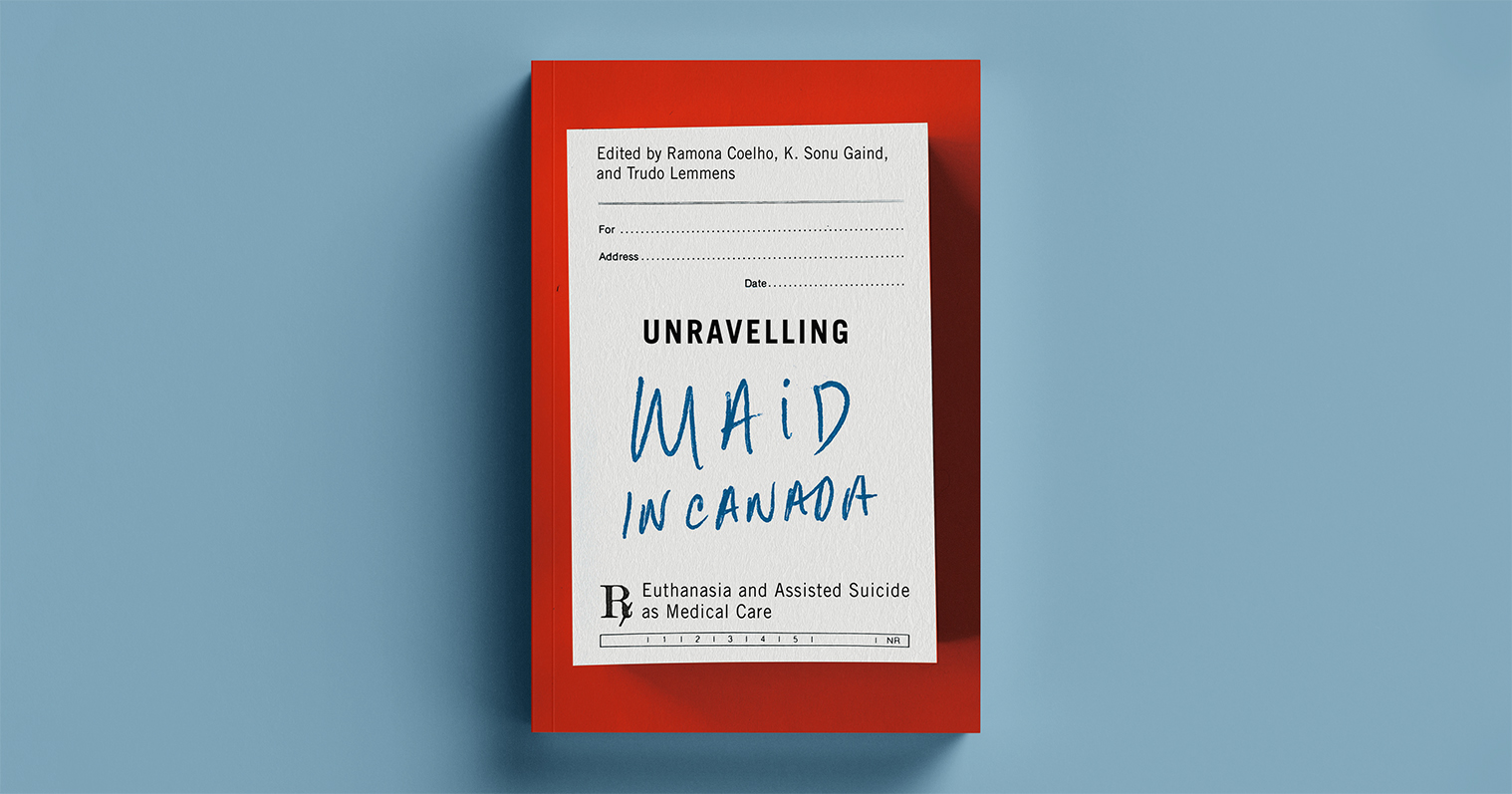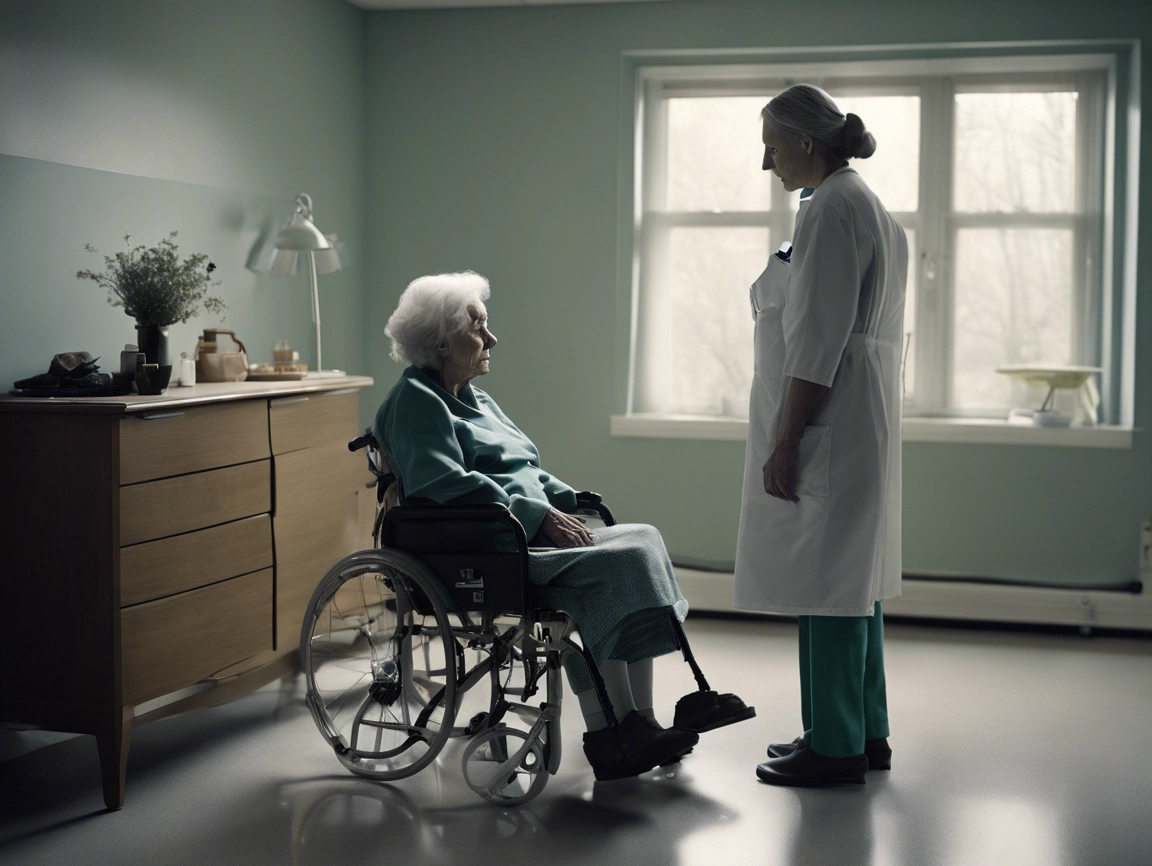Healing is a miracle of nature. Just as the germination of a seed is such a miracle. But these miracles require a supportive environment in which to accomplish themselves. The seed needs soil and water, warmth and light. Healing requires protection of the fragile flame of life. Manipulation of chemical balance. Artificial delivery of food and oxygen. Replication of the function of whole organ systems.
Sometimes healing is complete; a crisis is past and no further support is required. Frequently, however, survival will never again be possible without some degree of purposefully modified environment, and in that case, it is survival itself which becomes the miracle: a seed that would otherwise have withered is enabled to grow, perhaps even thrive, under carefully controlled conditions.
But human patients are not like other living things. They require more than physical life support. They also need a will to live. And that, also, is a fragile flame in need of protection. Nor is nurturing care a mere method mechanically applied; it must also be sincere.
In the best of cases, the intense distress of the patient is matched by the calm certainty of the carer. At the most basic level, the attendant providing personal care, changing the bed, washing and repositioning the patient, does so with the fixed intent of minimizing discomfort while thoroughly completing the task required. The interaction is necessarily of the most intimate nature, but the carer does not have (or at least will not show) any revulsion which might be construed as a rejection of the person before him. Once again, the fear, shame and disgust with which the patient might look upon himself, or expect from another, is met with experienced acceptance, based upon that principle familiar to health professionals but not always encountered elsewhere : that all human lives are of equal value regardless of dependence, capacity or expected prognosis.
It would be comforting to believe that such an attitude springs naturally from the character of certain individuals, and in some cases that is undoubtedly true. But for most, adherence to the Hippocratic ideal is a choice and a study. Convinced on principle and reinforced by experience, we become capable of honest, respectful, and even easy interaction with people in physical and emotional states which place them beyond the comfort level, not only of normal society, but even of their own loved ones. And thus, in the best of all worlds, the therapeutic team learns to care effectively for all people: with confidence; with acceptance; with experience and understanding; with patience – and if I dare employ the word, with love – in response to the need of a fellow human.
This is indeed the dark, moist, sun-warmed earth in which the metaphorical seed can spring to life. This is the best environment in which the miracles of healing and survival can be provoked and sustained; and if needs be, it is also the best environment in which to die. This is the medical practice which Hippocratic physicians have chosen, and the ideal to which they aspire.
Now to be fair, the euthanasia enthusiast has also made a choice. He has chosen to invest himself in a very different vison of reality where some lives are no longer considered worthy of protection. More, he is so convinced, and sincerely comfortable in this belief, that he is prepared, personally, to end such lives by lethal injection. But, of course, he can only act within the provisions of existing law. And this, we believe, places him, or her, in a serious position of professional conflict.
For the time being (and probably for some time to come) Canadian law requires that euthanasia be a strictly voluntary death. Yet, the vast majority of people will never voluntarily consent to die. And this can only mean that the honest and willing practitioner of euthanasia cannot fail to be in disagreement with numerous patients concerning the value of their lives.
The question then becomes, for those lawfully qualified patients who persist in the natural desire to survive: What is the chance of benefitting from the true “good soil”, of compassionate care, under the responsibility of such doctors? Does not such a question answer itself? Is it possible for the pro-euthanasia doctor to behave in a completely opposite fashion while treating two patients who present virtually identical symptoms and prognosis? With respect, this would seem absurd on the face of it.
More widely, are not euthanasia and Hippocratic medicine perfectly different and mutually exclusive services which should, logically, be performed by different people in different locations?
Non-suicidal people comprise the majority of our patient population. By default, all medical premises should be devoted to Hippocratic care. The smaller demand of the suicidal minority, now protected by law, can be fully satisfied with a public information and referral service seconded by a small but sufficient corps of participating professionals.
Only thus can we satisfy our primary professional mission. Only in this way can our patients hope to receive the treatment and support they desire and deserve. Only thus can we continue to tend our garden of healing and life, in a therapeutic soil protected, at least in part, from the existential weeds of suicide and despair.
Make euthanasia unimaginable.


